Understanding the Basics of Injury Management
Injury management is a critical aspect of health and wellness, and knowing when to seek medical attention can make the difference between swift recovery and prolonged suffering. It’s essential to understand the types of injuries, ranging from minor to severe, to take appropriate action.
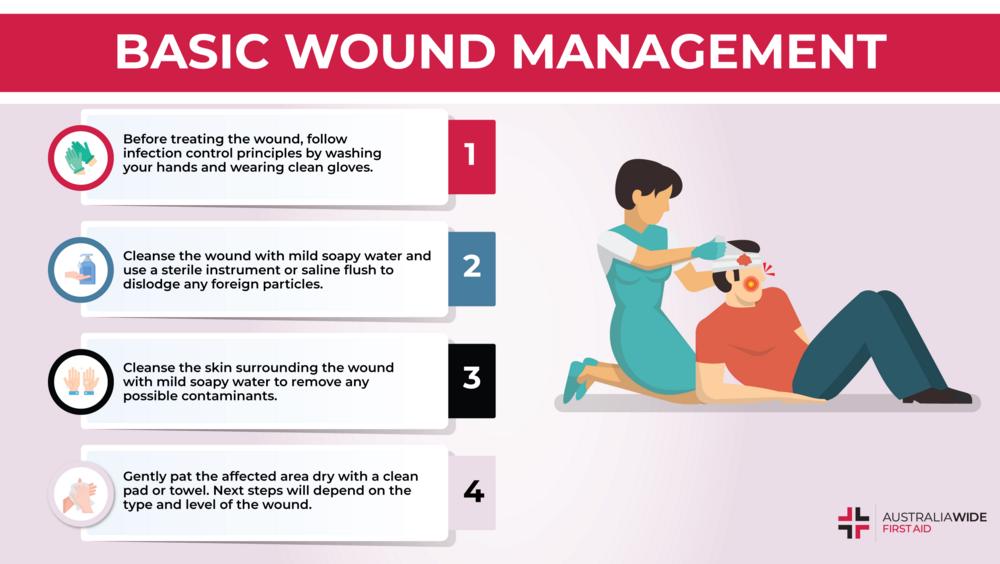
Minor injuries, such as sprains or minor cuts, often require rest, ice, compression, and elevation. However, some injuries may appear minor but can result in significant issues if not assessed by a medical professional.
On the other hand, severe injuries like fractures, heavy bleeding, or head trauma, require immediate medical attention. According to the Centers for Disease Control and Prevention (CDC), severe injuries are a leading cause of death in the U.S., emphasizing the need for prompt medical care.
Recognizing the type and severity of an injury is the first step toward effective injury management. It’s crucial to always seek professional medical advice when in doubt.
Identifying Common Minor Injuries
Minor injuries are typically non-life-threatening and can occur in various forms such as cuts, scrapes, minor burns, and sprains. While they may not require immediate professional medical attention, understanding how to identify and manage these injuries at home is crucial to prevent complications and promote faster healing.

Managing Minor Injuries At Home
For cuts and scrapes, clean the wound with warm water and mild soap, apply an antibiotic ointment, and cover it with a clean bandage. Minor burns can be cooled with cold water, then apply an aloe-based cream. Do not pop any blisters that may form. Sprains require the R.I.C.E. method – Rest, Ice, Compression, and Elevation. Over-the-counter pain relievers can also be used. However, always consult a healthcare professional if symptoms persist.
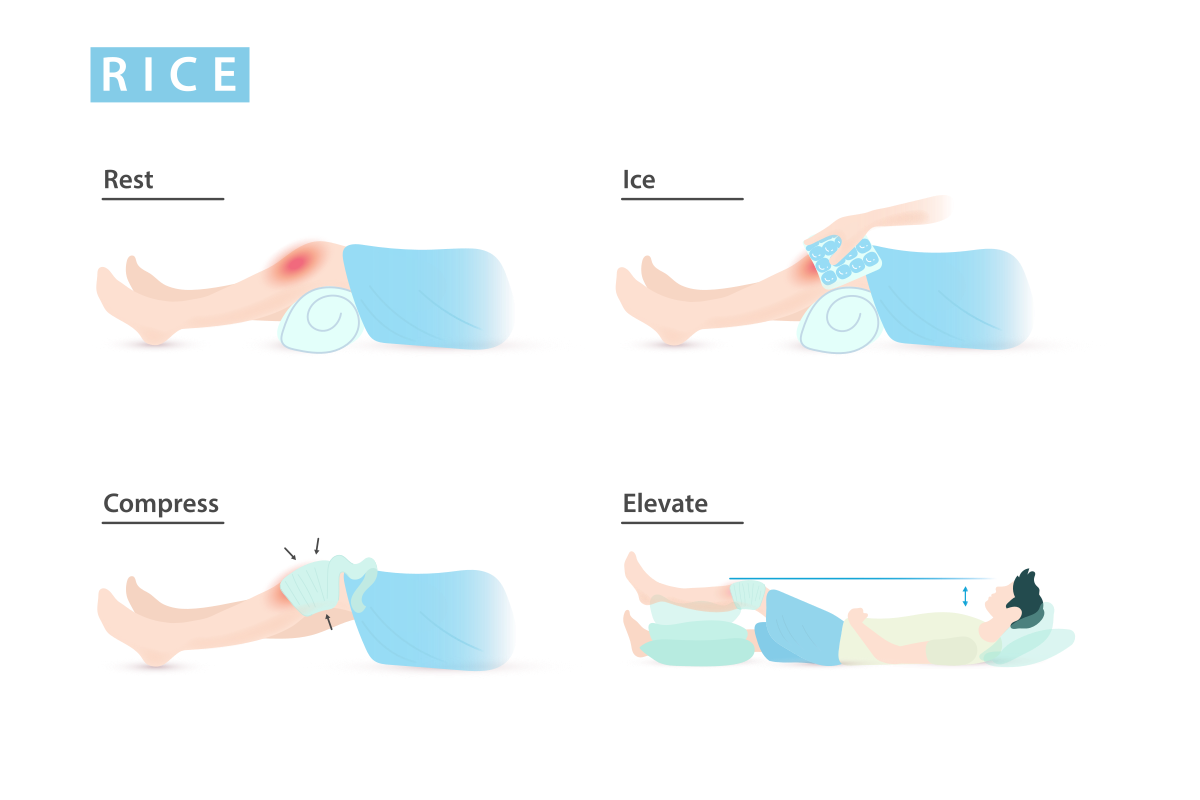
Recognizing the Signs of Serious Injuries
Accidents happen, and when they do, it’s crucial to identify the signs of serious injuries promptly. Injuries such as fractures, internal bleeding, or head trauma can present a range of symptoms, including intense pain, heavy bleeding, or loss of consciousness. These symptoms are not to be ignored, as they usually indicate a severe injury.
Upon observing these signs, immediate action is required. The first step is to ensure the safety of the injured person and those around them. Then, call for medical help. While waiting for medical assistance, try to keep the person calm and still to prevent further damage. Remember, attempting to move someone with a suspected serious injury could potentially worsen their condition.
Learning to recognize these symptoms and knowing how to react can mean the difference between life and death. Therefore, let’s delve into the specifics of these signs and the appropriate responses.
Intense Pain
Intense pain can be a red flag that something is seriously wrong. For example, a broken bone may cause severe pain. If the pain is unbearable, seek immediate medical attention.
Heavy Bleeding
Bleeding profusely from a wound is another sign that medical intervention is needed. The American Red Cross recommends applying pressure to the wound with a clean bandage and seeking immediate medical help.
Loss of Consciousness
If a person faints or loses consciousness, this could indicate a serious head injury or other severe condition. The Centers for Disease Control and Prevention advises calling 911 right away.
The Role of Pain in Injury Assessment
When it comes to assessing injuries, pain plays a vital role. It serves as the body’s early warning system, alerting you to the presence of potential harm.Harvard Health explains how pain signals are transmitted from an injured area to your brain, instigating a reaction. However, the severity of pain doesn’t always correlate directly with the degree of damage. This is where understanding pain thresholds is essential.
Understanding Pain Thresholds
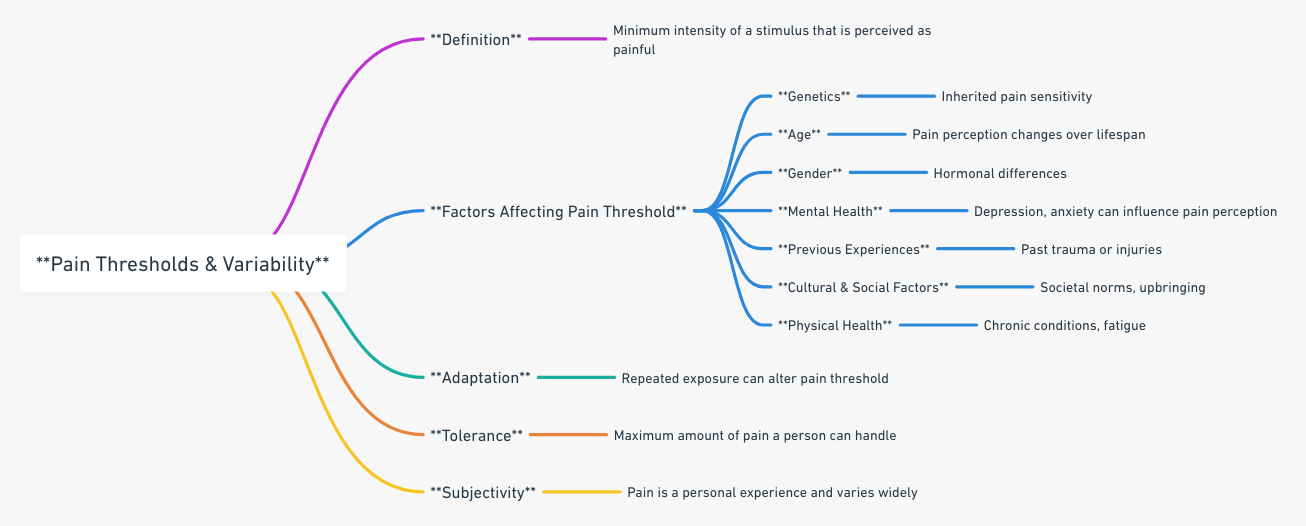
Pain thresholds differ significantly among individuals due to various factors such as genetics, environment, and past experiences with pain. Studies have shown that some people may feel intense pain at minor injuries, while others may hardly feel pain even with severe injuries. This disparity in pain experience emphasizes the importance of professional medical assessment following an injury.
Therefore, while pain can provide an initial indicator of an injury, it’s crucial not to solely rely on it to gauge the severity of an injury. It is always advisable to seek medical attention if pain persists or if the injury appears to be severe.
When to Seek Immediate Medical Attention
When it comes to injuries, it’s crucial to understand when immediate medical intervention is necessary. Certain conditions require prompt medical attention, such as head injuries, broken bones, deep wounds, or difficulty breathing. These situations are typically characterized by severe pain, significant blood loss, loss of consciousness, or difficulty in normal functioning.
The Importance of Caution
When unsure about the severity of an injury, always err on the side of caution. It’s better to seek out professional medical advice rather than risk exacerbating the injury. Many conditions, if left untreated, can escalate into more serious health issues. Remember, it’s not just about immediate pain or discomfort – some injuries may have long-term implications.

The Crucial Role of Follow-Up Appointments
Follow-up appointments play a pivotal role in ensuring a successful recovery after an injury. These scheduled visits allow your healthcare provider to closely monitor your healing process, making necessary adjustments to your treatment plan, and catching any potential complications early. Studies show that regular follow-ups can significantly reduce the risk of long-term disability and improve overall patient outcomes.
Potential Complications Without Proper Follow-Ups
Ignoring follow-up visits may lead to serious complications. When injuries are not adequately monitored, it can result in infection, improper healing, or even a chronic condition. According to the CDC, not only does this impact the patient’s health and quality of life, but it also burdens the healthcare system. Therefore, it is imperative to prioritize follow-up appointments to avoid these complications.
Recommendation for a Follow-Up Schedule
While the frequency and nature of follow-ups depend on the severity of the injury, it is generally recommended to have your first follow-up visit within one to two weeks post-injury. Subsequent appointments can be scheduled based on your doctor’s advice.
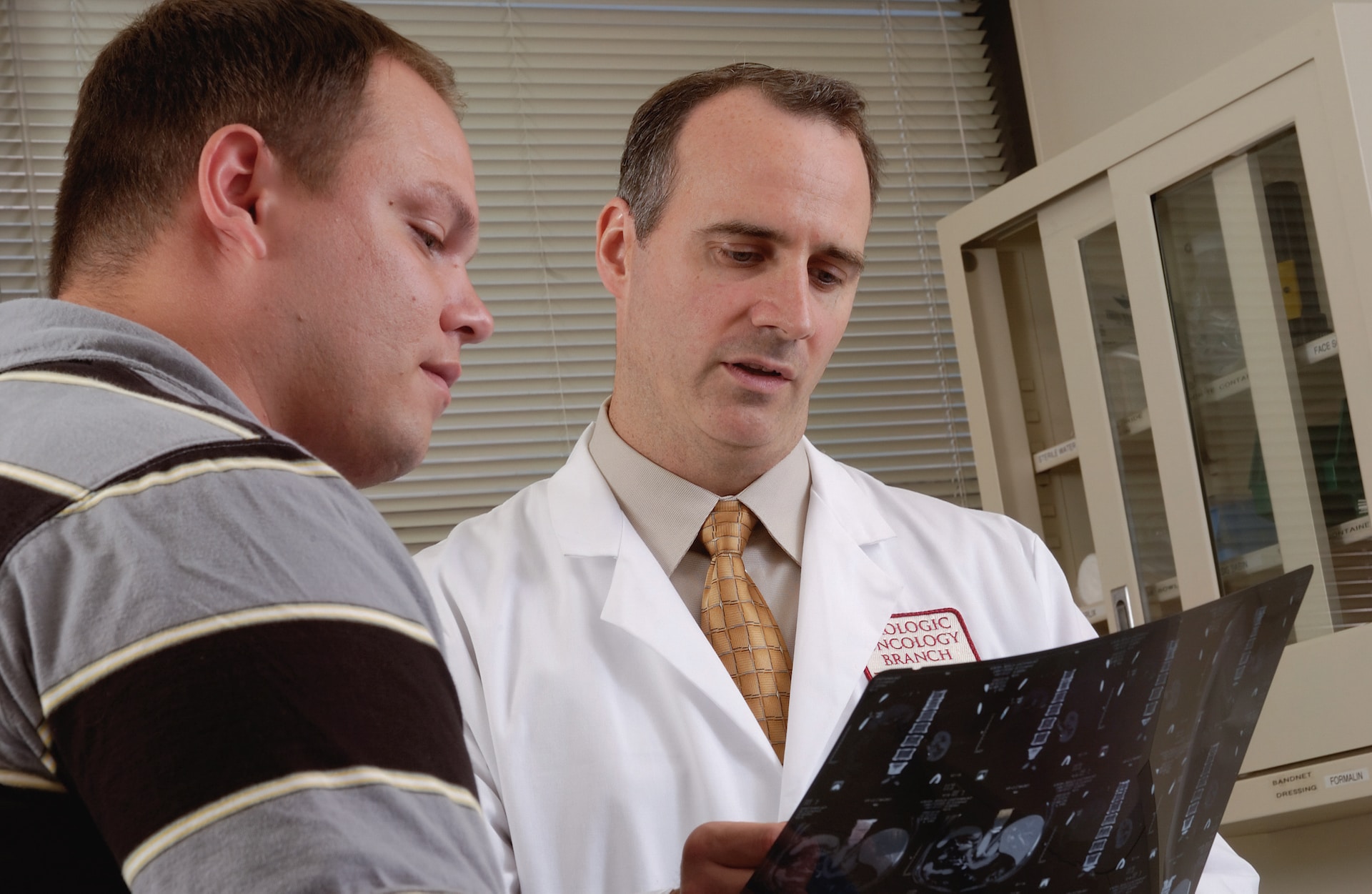
Understanding the Long-Term Effects of Serious Injuries
Despite initial recovery, severe injuries can often leave behind long-lasting physical and psychological effects. These repercussions can manifest in a multitude of ways, from chronic pain and fatigue to decreased cognitive function and emotional distress. It’s essential to grasp the potential longevity of these impacts, as they may influence your quality of life significantly.
The Role of Medical Professionals in Mitigating Long-Term Effects
Active involvement of medical professionals plays a crucial role in managing and mitigating the long-term effects of injuries. Whether it’s prescribing the appropriate treatment, conducting regular check-ups, or monitoring your rehabilitation process, their expertise is integral to your healing journey. A collaborative approach with your primary healthcare provider can help you navigate the complexities of injury aftermath effectively. They can also guide you towards relevant rehabilitation services to bolster your recovery.
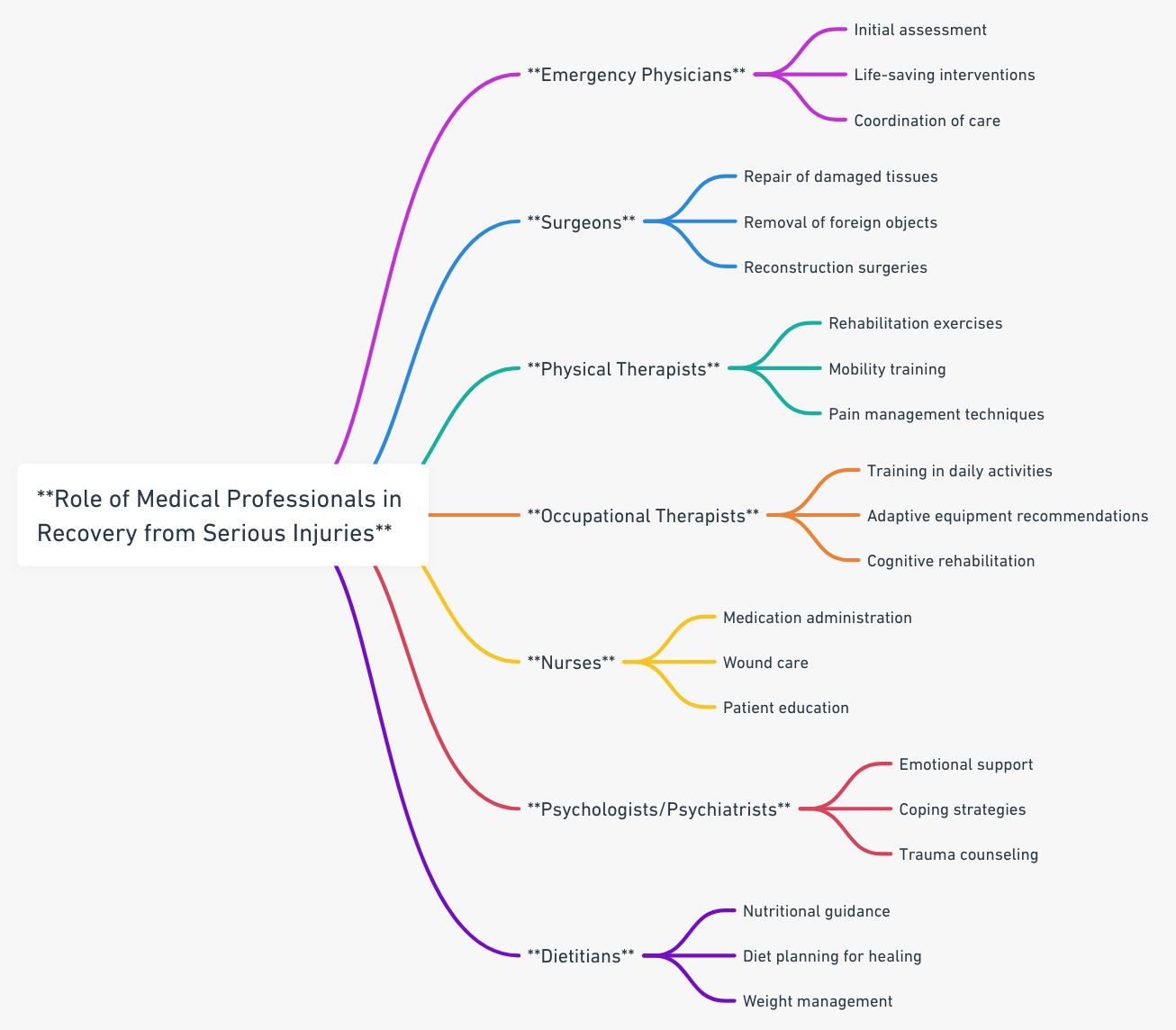
Remember, understanding and dealing with the long-term effects of injuries isn’t a journey you need to embark on alone. Your medical team is there to provide support, guidance, and care every step of the way.
Conclusion: Prioritizing Health and Safety
In the grand scheme of life, nothing is more essential than your health and safety. A minor injury can escalate into a significant issue if not handled promptly and correctly. Thus, seeking medical attention post-injury is not just advisable, but necessary.
[Image-placeholder: A graphic illustrating the importance of immediate medical attention post-injury]
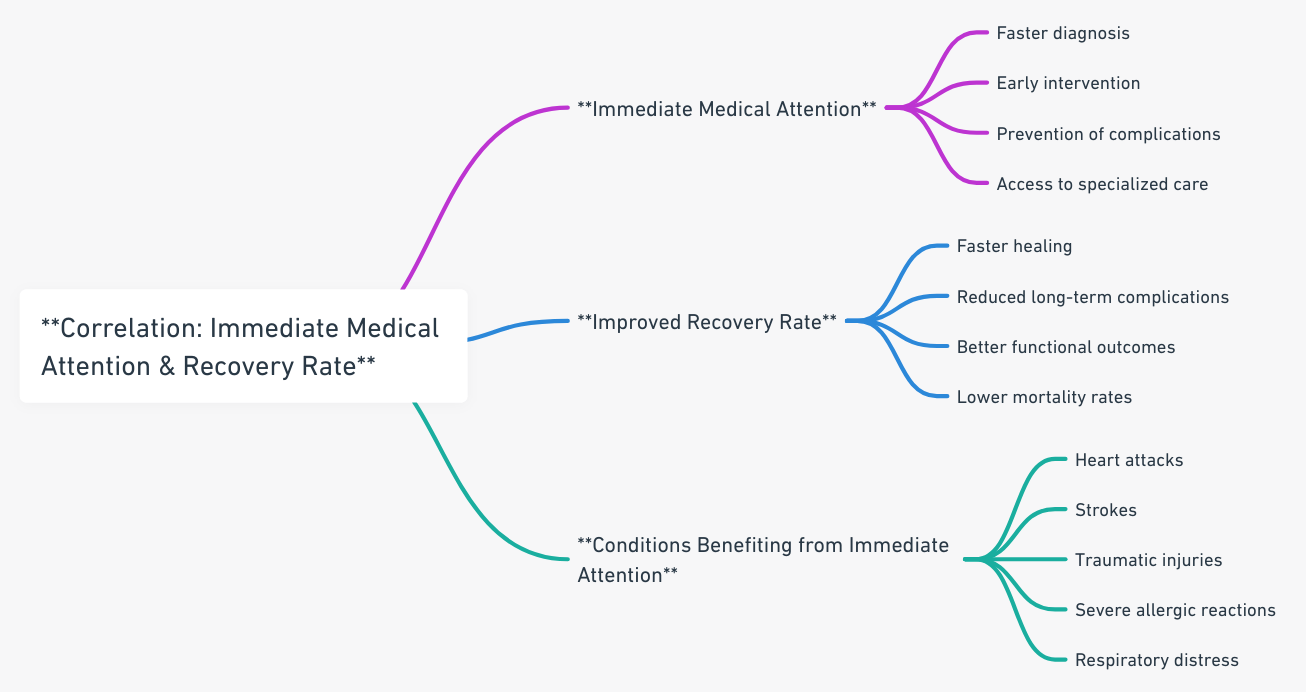
Having the right knowledge about injuries and the need for prompt action is key. A speedy and complete recovery is often dependent on how quickly you act. In this digital age, misinformation is rife, and delay is often deadly. Thus, always ensure to get your information from credible sources, and more importantly, consult a healthcare professional immediately after an injury.
Remember, when it comes to health, it’s always better to be safe than sorry. Prioritize your health; prioritize your safety.
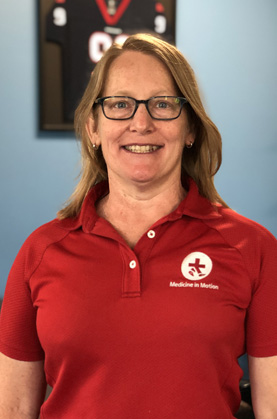
Dr. Martha Pyron is a recognized sports medicine physician and the founder of Medicine in Motion, an Austin-based practice specializing in comprehensive medical care for active individuals and athletes. An active contributor to her field, she uses her extensive experience as a former collegiate athlete to aid her patients and develop innovative care strategies. Beyond her clinical practice, Dr. Pyron is known for her involvement in the local athletic community and her commitment to promoting health and fitness.



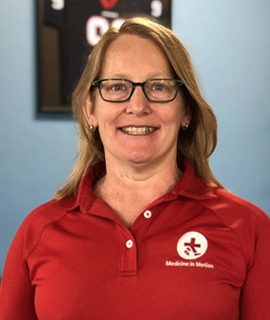
1 comment
My Son was knocked out on the weekend. Stone cold. Helmet to helmet. Came to, 30 seconds later, and vomited. Helmets sure don’t prevent concussion, though without it I expect his head would have also been broken. The other guy was thrown out of the game.